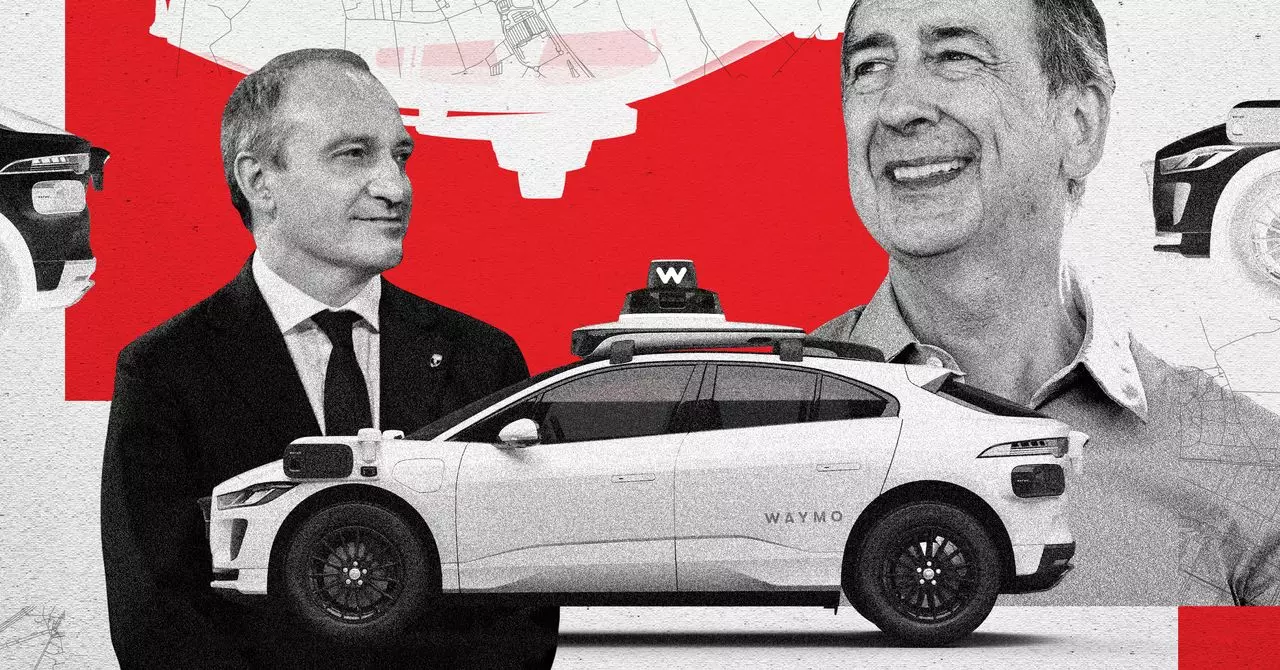Italy stands at a crossroads where technological potential meets political ambition. The push towards self-driving cars is not merely a matter of adopting cutting-edge technology; it encapsulates a broader vision of urban renewal, social inclusion, and economic competitiveness. The recent mobilization of over 60 Italian mayors signals a committed leap toward embedding autonomous vehicles into daily life, especially within smaller cities and suburban areas. This collective political backing signifies an understanding that innovative mobility solutions can address persistent urban dilemmas—traffic congestion, pollution, and mobility inequality—while positioning Italy as a front-runner in Europe.
However, this movement must confront the structural and regulatory barriers that have historically impeded progress. Europe’s fragmented legal landscape, with its twenty-seven different national frameworks, complicates efforts to develop cohesive autonomous driving policies. Unlike the streamlined regulatory regimes in regions like North America and China, Italy and its counterparts are hamstrung by disjointed rules that hinder large-scale testing and deployment. The challenge lies in transforming political will into tangible infrastructure and policy reforms that facilitate innovation rather than constrain it.
Strategic Potential If Politically Driven
The Italian initiative demonstrates that political willpower can catalyze technological adoption and infrastructure development. By turning urban areas into testing grounds—akin to open-air laboratories—Italy can generate valuable real-world data and refine autonomous systems suited to local conditions. This approach could revolutionize urban logistics, particularly for last-mile deliveries, which are critical to modern commerce. It would also help reduce traffic congestion and cut emissions, directly improving citizens’ quality of life.
Furthermore, autonomous vehicles promise to extend mobility to vulnerable populations—elderly, disabled, and children—whose access to transportation remains limited in many Italian cities. These technological advances can democratize mobility, making urban environments more inclusive and socially equitable. The strategic advantage for Italy hinges on leveraging this political momentum to attract investments, stimulate local industries, and foster a sense of national innovation leadership in Europe.
Yet, the real test will be whether these initiatives translate into scalable, integrated solutions rather than isolated micro-projects. Europe’s dispersed approach to testing and regulation risks keeping Italy and others on the sidelines of a global race quickly dominated by the United States and China, where billions are pouring into autonomous vehicle advancements. The question remains whether Italy’s political leaders will commit enough resources and regulatory reform to turn this promising movement into a lasting legacy of innovation.
Reclaiming European Leadership Through a Unified Vision
Europe’s inability to act as a cohesive front is its greatest Achilles’ heel in autonomous driving. While individual countries like Italy rally support, the absence of unified standards and regulations dilutes efforts and discourages significant private investment. To truly harness the potential of autonomous mobility, Italy must push for regional coordination that aligns policies, promotes cross-border testing, and creates a sustainable legal framework.
In essence, the future of self-driving cars in Italy hinges on whether political resolve can translate into pragmatic actions—harmonized regulations, infrastructure investments, and strategic partnerships. Only then can Italy hope to challenge the dominance held by American and Chinese tech giants and establish itself as a regional hub for autonomous vehicle innovation. It’s not just about technology; it’s about daring to imagine a smarter, cleaner, and more inclusive cityscape where autonomous mobility becomes a powerful tool for societal progress.

